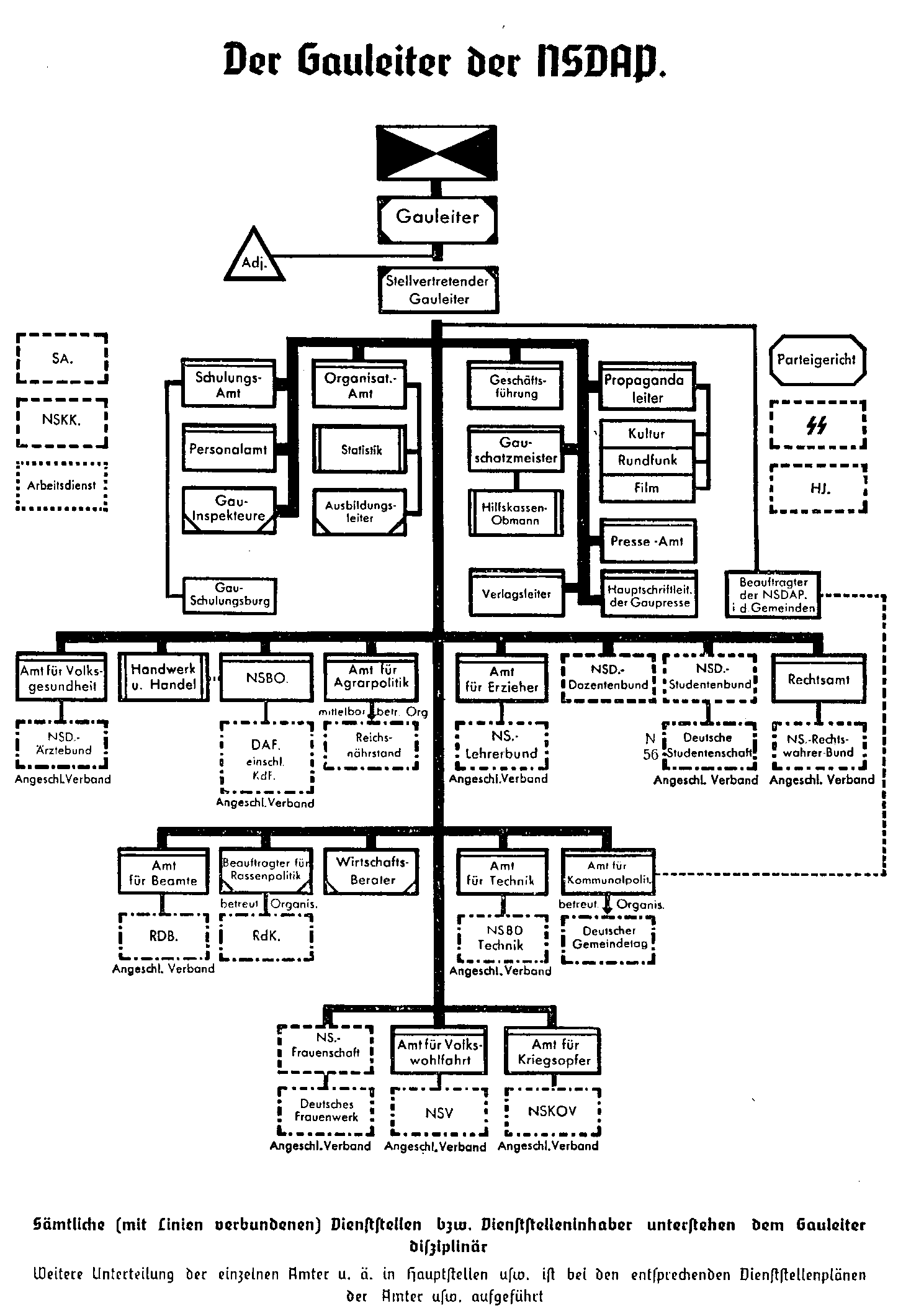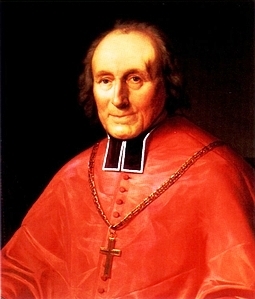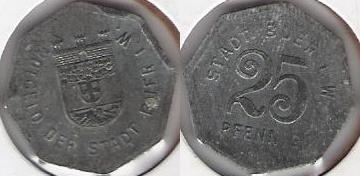|
Friedrich Karl Florian
Friedrich Karl Florian (4 February 1894 – 24 October 1975) was the ''Gauleiter'' of Gau Düsseldorf throughout its existence in Nazi Germany. Early life The son of a Prussian railway master, Florian moved in his youth to East Prussia. After graduating from the gymnasium in Stallupönen he became a mining official in Buer in the Prussian Province of Westphalia. In August 1914, he volunteered for military service in World War I as a ' and was assigned to the 1st (1st East Prussian) Grenadiers "Crown Prince" Regiment (Garrison: Königsberg). He served in this unit until 1916, when he volunteered for the ' and was assigned after training to '' Jagdstaffel 51'' in ''Jagdgeschwader'' Richthofen. Shot down and captured by British troops in May 1918, he spent the remainder of the war as a prisoner of war and was released from captivity in November 1919. In the postwar years, he resumed his work as a mining official until 1929. From 1920–1922 he was a member of '' Deutschvölk ... [...More Info...] [...Related Items...] OR: [Wikipedia] [Google] [Baidu] |
Gauleiter
A ''Gauleiter'' () was a regional leader of the Nazi Party (NSDAP) who served as the head of a ''Administrative divisions of Nazi Germany, Gau'' or ''Reichsgau''. ''Gauleiter'' was the third-highest Ranks and insignia of the Nazi Party, rank in the Nazi political leadership, subordinate only to ''Reichsleiter'' and to the ''Führer'' himself. The position was effectively abolished with the fall of the Nazi regime on 8 May 1945. History and development Origin and early years The first use of the term ''Gauleiter'' by the Nazi Party was in 1925 around the time Adolf Hitler re-founded the Party on 27 February, after the lifting of the ban that had been imposed on it in the aftermath of the Beer Hall Putsch of 9 November 1923. The word can be singular or plural in German usage, depending on its context, and derives from the German words ''Gau (territory), Gau'' and ''leiter'' (''leader''). The word ''Gau'' is an old term for a region of the German ''Reich'' (Empire). The Frankis ... [...More Info...] [...Related Items...] OR: [Wikipedia] [Google] [Baidu] |
Nazi Germany
Nazi Germany, officially known as the German Reich and later the Greater German Reich, was the German Reich, German state between 1933 and 1945, when Adolf Hitler and the Nazi Party controlled the country, transforming it into a Totalitarianism, totalitarian dictatorship. The Third Reich, meaning "Third Realm" or "Third Empire", referred to the Nazi claim that Nazi Germany was the successor to the earlier Holy Roman Empire (800–1806) and German Empire (1871–1918). The Third Reich, which the Nazis referred to as the Thousand-Year Reich, ended in May 1945, after 12 years, when the Allies of World War II, Allies defeated Germany and entered the capital, Berlin, End of World War II in Europe, ending World War II in Europe. After Hitler was appointed Chancellor of Germany in 1933, the Nazi Party began to eliminate political opposition and consolidate power. A 1934 German referendum confirmed Hitler as sole ''Führer'' (leader). Power was centralised in Hitler's person, an ... [...More Info...] [...Related Items...] OR: [Wikipedia] [Google] [Baidu] |
Ruhr
The Ruhr ( ; , also ''Ruhrpott'' ), also referred to as the Ruhr Area, sometimes Ruhr District, Ruhr Region, or Ruhr Valley, is a polycentric urban area in North Rhine-Westphalia, Germany. With a population density of 1,160/km2 and a population of over 5 million (2017), it is the largest urban area in Germany and the third of the European Union. It consists of several large cities bordered by the rivers Ruhr to the south, Rhine to the west, and Lippe to the north. In the southwest it borders the Bergisches Land. It is considered part of the larger Rhine-Ruhr metropolitan region of more than 10 million people, which is the third largest in Western Europe, behind only London and Paris. The Ruhr cities are, from west to east: Duisburg, Oberhausen, Bottrop, Mülheim an der Ruhr, Essen, Gelsenkirchen, Bochum, Herne, Hagen, Dortmund, Hamm and the districts of Wesel, Recklinghausen, Unna and Ennepe-Ruhr-Kreis. The most populous cities are Dortmund (with a population of app ... [...More Info...] [...Related Items...] OR: [Wikipedia] [Google] [Baidu] |
Occupation Of The Ruhr
The occupation of the Ruhr () was the period from 11 January 1923 to 25 August 1925 when French and Belgian troops occupied the Ruhr region of Weimar Republic Germany. The occupation of the heavily industrialized Ruhr district came in response to Germany's repeated defaults on the reparations payments required under the terms of the Treaty of Versailles. The French and Belgians intended to force Germany to supply the coal and other raw materials that were part of the reparations. With the active support of the German government, civilians in the area engaged in passive resistance and civil disobedience which largely shut down the economy of the region. Acts of sabotage and retaliation took place as well. An estimated 137 civilians were killed and 600 injured during the occupation. The ongoing economic crisis in Germany worsened considerably as a result of the occupation. The government paid for its support of idled workers and businesses primarily by printing paper money. ... [...More Info...] [...Related Items...] OR: [Wikipedia] [Google] [Baidu] |
Deutschvölkischer Schutz- Und Trutzbund
The ''Deutschvölkischer Schutz- und Trutzbund'' (German Nationalist Protection and Defiance Federation) was the largest and the most active antisemitic federation in Germany after the First World War,Beurteilung des Reichskommissars für Überwachung der öffentlichen Ordnung in einem Schreiben an den Staatsgerichtshof zum Schutze der Republik, 20 November 1922, quoted from Lohalm 1970, pg. 11. and an organisation that formed a significant part of the ''völkisch'' movement during the Weimar Republic (1918–1933), whose democratic parliamentary system it unilaterally rejected. Its publishing arm issued books that greatly influenced the opinions of Nazi Party leaders such as Heinrich Himmler. Padfield, Peter. ''Himmler: Reichsführer SS''. New York: Henry Holt, 1990. p. 107 After the organisation folded in around 1924, many of its members eventually joined the Nazis. Origin The ''Deutschvölkischer Schutz- und Trutzbund'' was originally called the ''Deutscher Schutz- und Trutzbun ... [...More Info...] [...Related Items...] OR: [Wikipedia] [Google] [Baidu] |
Prisoner Of War
A prisoner of war (POW) is a person held captive by a belligerent power during or immediately after an armed conflict. The earliest recorded usage of the phrase "prisoner of war" dates back to 1610. Belligerents hold prisoners of war for a range of legitimate and illegitimate reasons. These may include isolating them from enemy combatants still in the field (releasing and Repatriation, repatriating them in an orderly manner after hostilities), demonstrating military victory, punishment, prosecution of war crimes, labour exploitation, recruiting or even conscripting them as combatants, extracting collecting military and political intelligence, and political or religious indoctrination. Ancient times For much of history, prisoners of war would often be slaughtered or enslaved. Early Roman gladiators could be prisoners of war, categorised according to their ethnic roots as Samnites, Thracians, and Gauls (''Galli''). Homer's ''Iliad'' describes Trojan and Greek soldiers offeri ... [...More Info...] [...Related Items...] OR: [Wikipedia] [Google] [Baidu] |
Jagdgeschwader 1 (World War I)
''Jagdgeschwader'' I (JG I) of World War I, was a fighter wing of the German ''Luftstreitkräfte'', comprising four '' Jastas'' (fighter squadrons). The first unit of its type formed under that classification, JG I was formed on 24 June 1917, with Manfred von Richthofen as commanding officer, by combining ''Jastas'' 4, 6, 10 and 11. JG I became known as "The Flying Circus" () or "Richthofen's Circus" because of the bright colours of its aircraft, and perhaps also because of the way the unit was transferred from one area of Allied air activity to another – moving like a travelling circus in trains, and frequently setting up in tents on improvised airfields. Formation During early 1917, it became apparent to the German High Command that they would always be outnumbered in air operations over the Western Front. The average Jasta could only muster some six or eight aircraft in total for a patrol, and would often face one Allied formation after another. In order to mai ... [...More Info...] [...Related Items...] OR: [Wikipedia] [Google] [Baidu] |
Königsberg
Königsberg (; ; ; ; ; ; , ) is the historic Germany, German and Prussian name of the city now called Kaliningrad, Russia. The city was founded in 1255 on the site of the small Old Prussians, Old Prussian settlement ''Twangste'' by the Teutonic Knights during the Northern Crusades, Baltic Crusades. It was named in honour of King Ottokar II of Bohemia, who led a campaign against the pagan Old Prussians, a Baltic tribe. A Baltic Sea, Baltic port city, it successively became the capital of the State of the Teutonic Order, the Duchy of Prussia and the provinces of East Prussia and Province of Prussia, Prussia. Königsberg remained the coronation city of the Prussian monarchy from 1701 onwards, though the capital was Berlin. From the thirteenth to the twentieth centuries on, the inhabitants spoke predominantly German language, German, although the city also had a profound influence upon the Lithuanian and Polish cultures. It was a publishing center of Lutheranism, Lutheran literatu ... [...More Info...] [...Related Items...] OR: [Wikipedia] [Google] [Baidu] |
Province Of Westphalia
The Province of Westphalia () was a Provinces of Prussia, province of the Kingdom of Prussia and the Free State of Prussia from 1815 to 1946. In turn, Prussia was the largest component state of the German Empire from 1871 to 1918, of the Weimar Republic and from 1918 to 1933, and of Nazi Germany from 1933 until 1945. The province was formed and awarded to Prussia at the Congress of Vienna in 1815, in the aftermath of the Napoleonic Wars. It combined some territories that had previously belonged to Prussia with a range of other territories that had previously been independent principalities. The population included a large population of Catholics, a significant development for Prussia, which had hitherto been almost entirely Protestant. The politics of the province in the early nineteenth century saw local expectations of Prussian reforms, increased self-government, and a constitution largely stymied. The Revolutions of 1848 led to an effervescence of political activity in the pro ... [...More Info...] [...Related Items...] OR: [Wikipedia] [Google] [Baidu] |
Buer, Germany
Buer is the largest suburb of Gelsenkirchen in North Rhine-Westphalia. The Hochstrasse in the heart of Buer is the largest shopping street in Gelsenkirchen. History In 1928, the adjoining cities of Buer, Gelsenkirchen, and Horst merged to form Gelsenkirchen-Buer, which was renamed Gelsenkirchen in 1930. The Scholven/Buer synthetic oil plant was a bombing target of the Oil Campaign of World War II The Buer town hall however survived in nearly original form. Localities * Meesdorf Notable people * Gerd Faltings (born 1954), German mathematician * Oliver Mark Oliver Mark (born 1963) is a German photographer, known primarily for his Portrait photography, portrait photographs of international celebrities. Career In the 1990s, Mark began photographing celebrities. He made portraits of public figures in ... (born 1963), German photographer and artist References Gelsenkirchen Oil campaign of World War II {{Gelsenkirchen-geo-stub ... [...More Info...] [...Related Items...] OR: [Wikipedia] [Google] [Baidu] |
Stallupönen
Nesterov (), until 1938 known by its German language, German name (; ) and in 1938-1946 as Ebenrode, is a types of inhabited localities in Russia, town and the administrative center of Nesterovsky District in Kaliningrad Oblast, Russia, located east of Kaliningrad, near the Lithuania–Russia border, Russian-Lithuanian border on the railway connecting Kaliningrad Oblast with Moscow. Population figures: History In the Middle Ages, the area in Prussia (region), Old Prussia had been settled by the Nadruvians, Nadruvian tribe of the Old Prussians, Baltic Prussians. It was conquered by the Teutonic Knights in about 1276 and incorporated into the State of the Teutonic Order. From the 15th century onwards, the Knights largely resettled the lands with Samogitians, Samogitian and Lithuanians, Lithuanian colonists. Since 1466, it was part of the Crown of the Kingdom of Poland, Kingdom of Poland as a fief held by the Teutonic Order. The settlement itself was first mentioned as ''Stallu ... [...More Info...] [...Related Items...] OR: [Wikipedia] [Google] [Baidu] |








